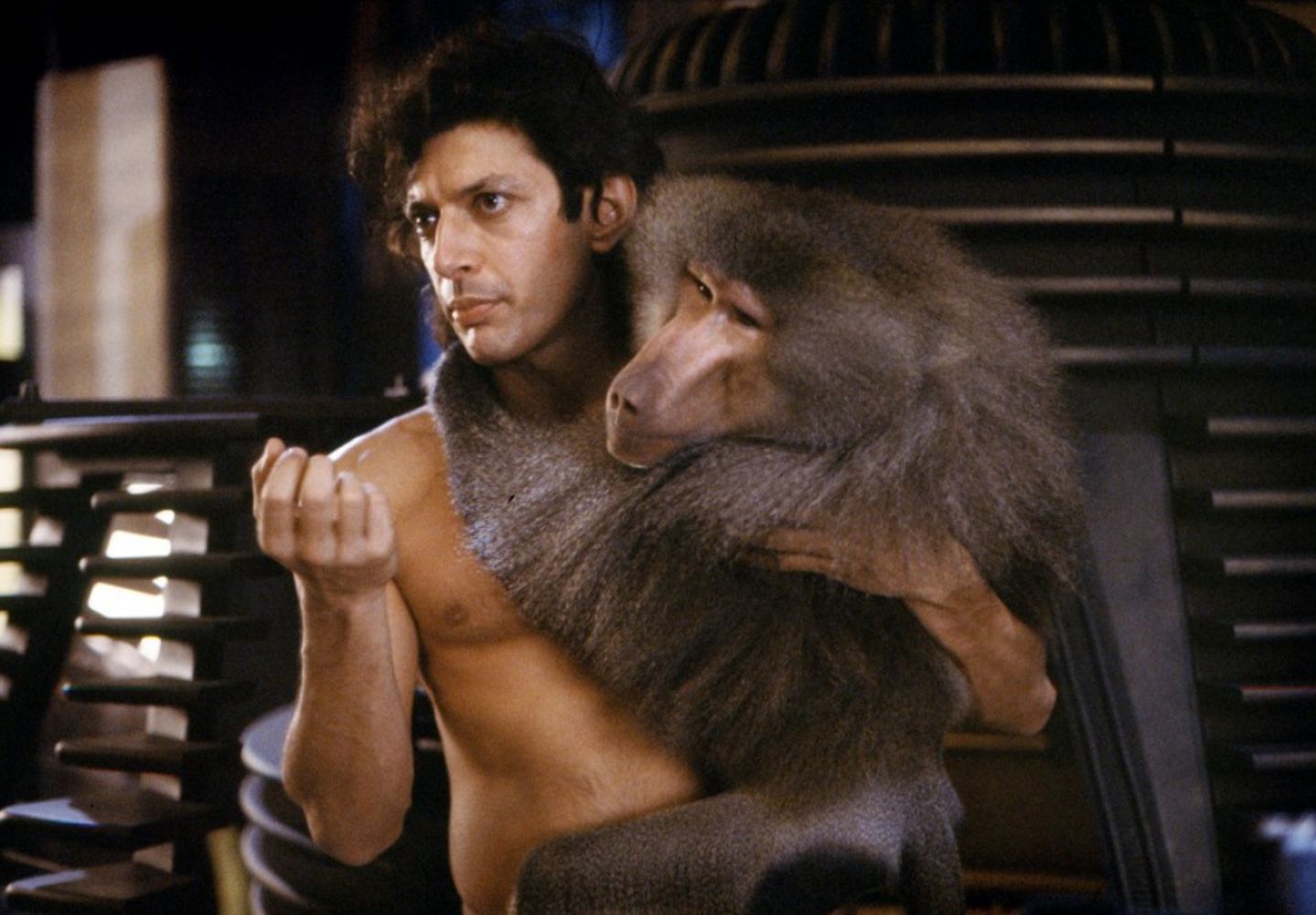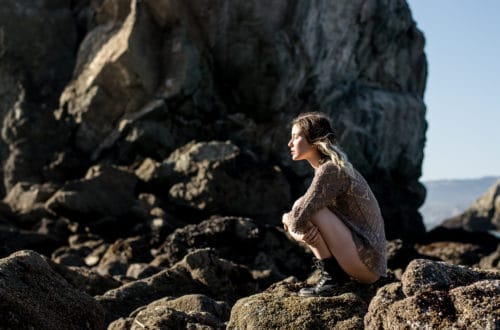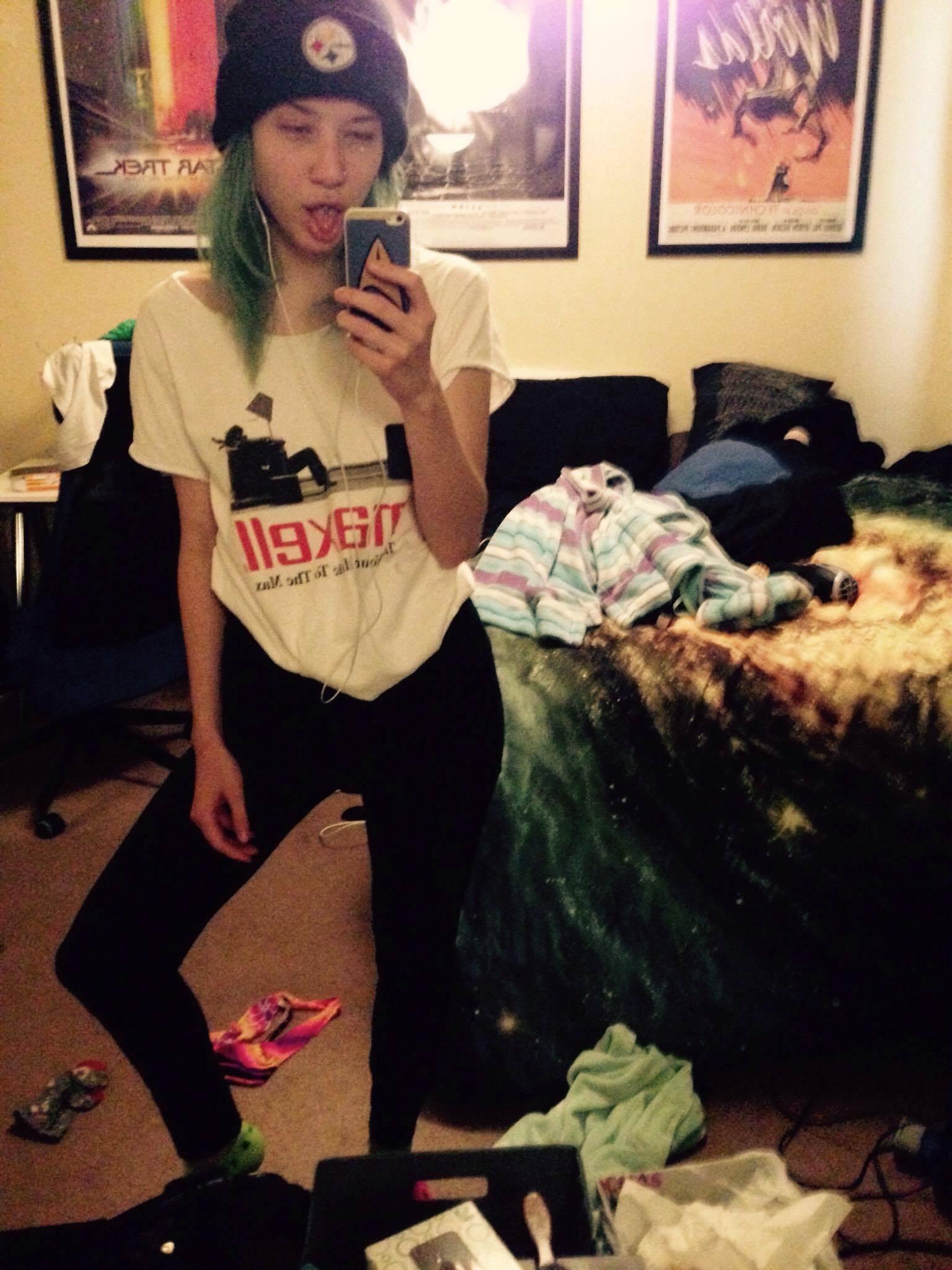As you all know from my first post, writing about Bigfoot is kinda my thing.
While covering the Bigfoot beat over the last six months, I’ve met fascinating people from all walks of life—academics, scientists, hunters, hobbyists, backwoods buckaroos—all earnest in their examinations of the elusive creature. And for the most part, when I wanted to get people’s takes on the subject, they were happy, even tickled to chat.
Others however… were big, fat, fucking dicks.
Even though I made it clear that I’m agnostic about whether Sasquatch exists, some people automatically assumed I was a “true believer” merely by association, instantly loathing me.
They reacted to me like I was a fly—and not the sexy Jeff-Goldblum-is-shirtless-kind-of-fly…
But the scary-mutant-fly that Geena Davis was forced to shoot in the head.
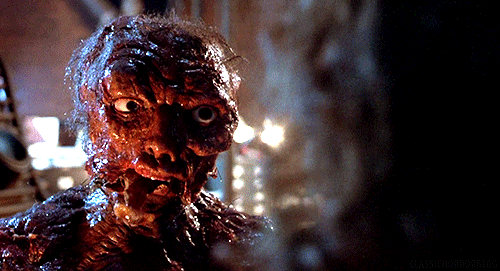
Someone actually said, “Fuck you!” to me, when I told him that Jane Goodall believed that Bigfoot is a possibility, and an editor I pitched to was mega angry that I’d even suggest the idea of covering Sasquatch. “People will wonder what’s wrong with our mag if we cover this!” he said. “Are you trying to embarrass us?”
Another journalist from Sacramento said, “There’s no such thing as Bigfoot! This is a waste of time! I lived in Northern California for most of my life and I never saw one!”
They were praying for my defeat.
Lo, I was an underdog—a lone wolf, like the Saber variety. “Why doesn’t anybody believe in me?!” I said, crying into my Bigfoot Java. “The world hasn’t seen what I can do as a Bigfoot journalist, but that doesn’t make me any less real!”
Nevertheless, I still managed to get stories published—writing about everything from Grover Krantz, the first official “Bigfoot scientist,” to why science has benefited from the search for mythical creatures.
“The Bigfoot journalists haven’t died out!” I said loudly in my bedroom to no one. I was successful. Proud even.
But still, it was a lonely existence.
Up until that point, I hadn’t run into any other professional reporters bent on a Bigfoot beat. Sure, Sasquatch always pops up here and there in the news with a touch of jest and snide, but bona fide Bigfoot journalists—those who seriously approach the subject without the aim of simply making fun of it—are in short supply.
So when I happened across the Bigfoot-focused Wild Thing podcast, created and hosted by journalist Laura Krantz (relative of Bigfoot scientist Grover Krantz), I was compelled to reach out to her to see what her experience was like.
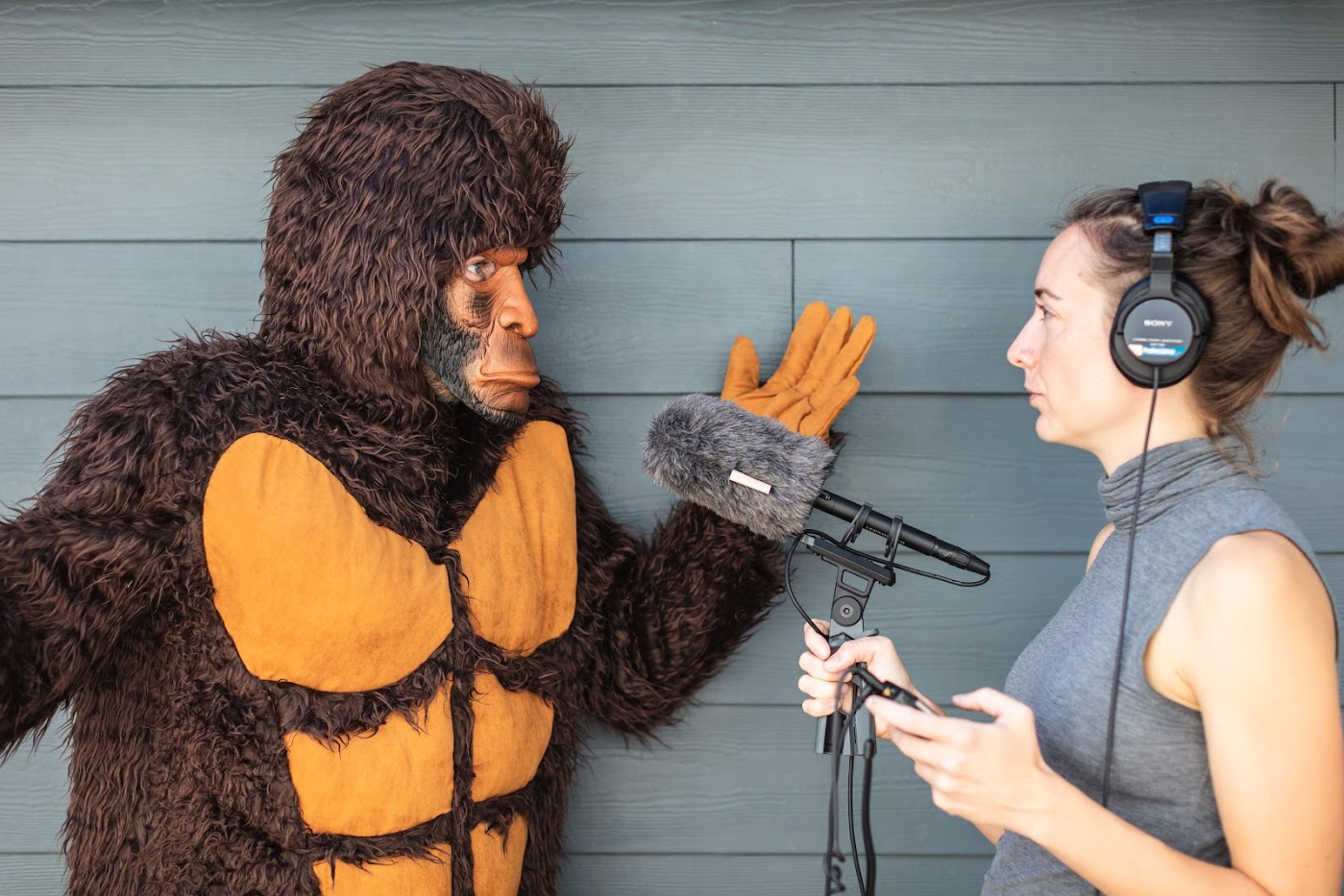
In the podcast, I noticed that Laura assured the listeners over and over that she was all about science and logic, that she’s not an advocate for Bigfoot’s existence, that she’s reporting as an outsider.
This reassurance happened so frequently in the first episode that I assumed she must have run into some bullshit too, and that the incessant throat-clearing was an attempt to not alienate certain listeners before they even got through the first five minutes.
I wasn’t wrong.
“People are like, ‘Oh, you’re writing about Bigfoot … You’re not serious, you’re kind of a joke,’” Laura told me over the phone. She said that the feeling of not being taken seriously persisted throughout her investigations, even when she approached the research from a neutral, scientific point of view.
Despite Laura’s background as a former editor and producer for NPR, there was a struggle to get scientists to talk to her, particularly at the Smithsonian and the American Museum of Natural History, where she received radio silence or vehement NO’s to interview inquiries. When she would probe further, the PR people she got rerouted to would tell her it just “wasn’t something the scientist would be interested in talking about.”
When I got similar reactions during my reporting, I wondered: If Bigfoot isn’t real, and scientists and other academics are so sure of it, then why not do an interview? I mean, hell, if it’s all horseshit, then say it’s horseshit! Tell the world it’s a hoax.
“I think some people just don’t want to be seen as conspiracy theorists or tin-foil-hat people,” Laura said. “Especially [scientists] who are just like, ‘Look, I’m trying to do good science in the world and this isn’t helping my cause.’”
Regardless of their stance, people were afraid of being even remotely linked to Bigfoot.
The good thing though? A select few scientists and academics did agree to talk to me, and for those people, I’m extremely grateful.
Also, those who spat at my original idea to write about Bigfoot ended up eating their words when my stories went out. People left comments and sent me emails to let me know how much they enjoyed my thoughtful reporting. The journalist who called my pursuits a waste of time was the first to apologize and urged me to write a book about Sasquatch. The editor who didn’t want my stories published even complimented me afterward.
These naysayers were forced to examine Bigfoot from a fair and considerate point of view, and found the topic to be worthwhile and thought-provoking. They wanted to learn about it.
“I recognize that even if people are sneering at [Bigfoot], they’re still fascinated … People would make a snarky remark or a snide comment off the bat, then they’d ask me so many questions,” Laura said. “I think there’s a tendency to sneer at [Sasquatch] out of the gate, and then people say, ‘Well, let’s talk about this. Now that I’ve made fun of it and I’ve established the fact that I don’t believe or that I’m not a crazy person, now I want to know more.’”
I think people are resistant to Bigfoot because it’s a freaky idea that giant, hairy, part hominid/ape creatures might be chilling in the Cali wilderness under our noses. The discovery of Bigfoot could blow people’s minds to smithereens, and some might not be able to handle having to scoop their brains up off the floor and rebuild their mindset.
After examining the evidence and talking to experts personally, I definitely had my world rocked; I went from being a total Bigfoot atheist to saying, “Hm, okay, well maybe…”—and Laura experienced something similar.
“Before, I just thought it was kind of a myth, the stuff of tabloids, a kind of a silly campfire story,” said Laura. “And then afterwards, after spending this much time talking to these people, hearing eyewitness accounts, hearing a lot of the Native American stories, looking into the evolution, I’d say I’m a lot more open to the possibility of [Bigfoot]—even though I’m still skeptical that it actually exists in this day and age.”
Even if we never discover whether Bigfoot is real or not, the topic is totally worth reporting on—if not for the sightings and evidence, then at least for the Sasquatch seekers! Bigfooters are an extraordinary subculture of people who deserve to be written about and preserved in our history. And since I have an affection for social pariahs (long having been one myself), I see it as a privilege to write about them.
A favorite journalist among said Bigfooters was John Green, a Canadian reporter who wrote extensively about Bigfoot and logged a database of over 3,000 track reports and sightings before passing away in 2016. The dude is legend. He’s even had songs written about him.
Curious about how John might have handled retaliations against his reporting, I asked Tom Yamarone, Bigfoot Field Researchers Organization member and longtime friend of John’s: What would John do? WWJD?
“I don’t think John Green took any journalistic criticism, as he was very set in his ways,” Yamarone said, adding that John had been groomed by the Columbia Graduate School of Journalism. “His early books made a logical argument for [Sasquatch’s] existence and he diligently pursued sightings and footprint discoveries … I would imagine John would politely debate any critics.”
In other words, he didn’t really give a fuck about what anybody thought, and wrote about Bigfoot anyway.
A journalist of my own kind, it seems.
Cool.
I hope we all don’t go extinct.


